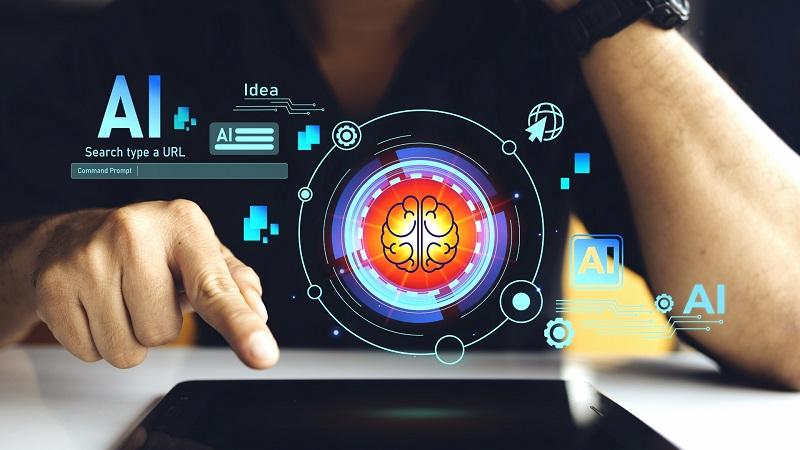The projected Generative Ai In Software Development Lifecycle CAGR of 31.66% is a phenomenal figure that signifies a market undergoing a period of revolutionary, once-in-a-generation growth. This is not just a market that is expanding; it is a technological paradigm shift that is fundamentally reshaping one of the world's most important and high-value professions. This extraordinary growth rate is the engine that is expected to propel the industry towards its staggering valuation of $75.26 billion by 2035. The 31.66% compound annual growth rate from 2025 to 2035 is the direct result of a massive leap forward in AI capabilities, which has created a powerful new category of tools that directly address the single biggest challenge in the tech industry: the shortage of developer talent and the insatiable demand for more software, faster.
A primary catalyst for this explosive CAGR is the immense and immediately quantifiable productivity boost that these tools provide to software developers. The demand for skilled software engineers far outstristrips the available supply, making their time an incredibly valuable and expensive resource for any company. Generative AI tools act as a powerful "force multiplier" for these developers. By automating the writing of routine and boilerplate code, generating test cases, and writing documentation, these tools can free up a significant portion of a developer's day. Numerous studies have shown productivity gains ranging from 20% to over 50%. This allows development teams to build and ship software significantly faster with the same number of people, a clear and compelling return on investment that is driving rapid adoption.
Another powerful contributor to the high growth rate is the technology's ability to lower the barrier to entry and to upskill the entire development workforce. For a junior developer, an AI code assistant acts as an always-on, expert pair programmer and mentor. It can suggest best practices, explain complex pieces of code, and help them learn a new programming language or framework much more quickly. For experienced developers, it can provide instant expertise in a part of the tech stack they may be unfamiliar with, allowing a back-end developer to quickly scaffold a front-end component, for example. This ability to both accelerate the learning curve for new developers and to broaden the skill set of experienced ones is a massive value proposition for any organization looking to build a more versatile and capable engineering team.
Finally, the increasing complexity of modern software applications is a major factor fueling the market's expansion. Today's software is rarely a single, monolithic application. It is a complex, distributed system composed of multiple microservices, a wide variety of programming languages, and a complex web of APIs and cloud infrastructure configurations. The cognitive load on a developer to understand and work within this complexity is immense. Generative AI tools help to manage this complexity by providing context-aware assistance, automatically generating the necessary configuration files, and helping to debug complex, multi-service interactions. As software systems become even more complex, the need for an intelligent assistant to help navigate that complexity will only grow, ensuring a long and steep growth curve for the market.
Explore Our Latest Trending Reports:
Electrical and Electronic Computer Aided Design Market



